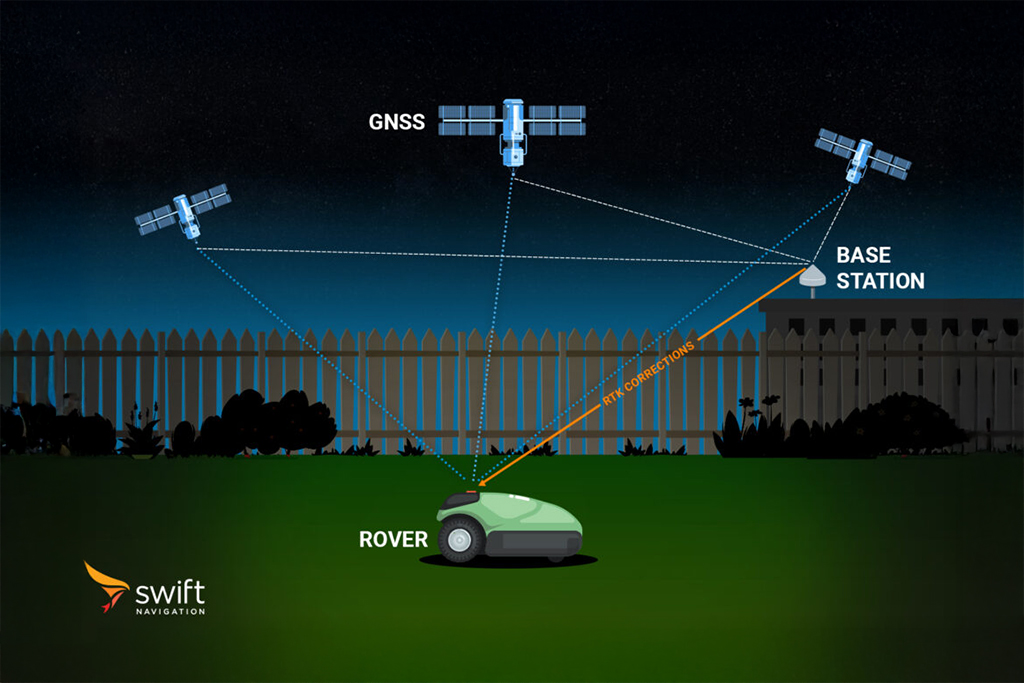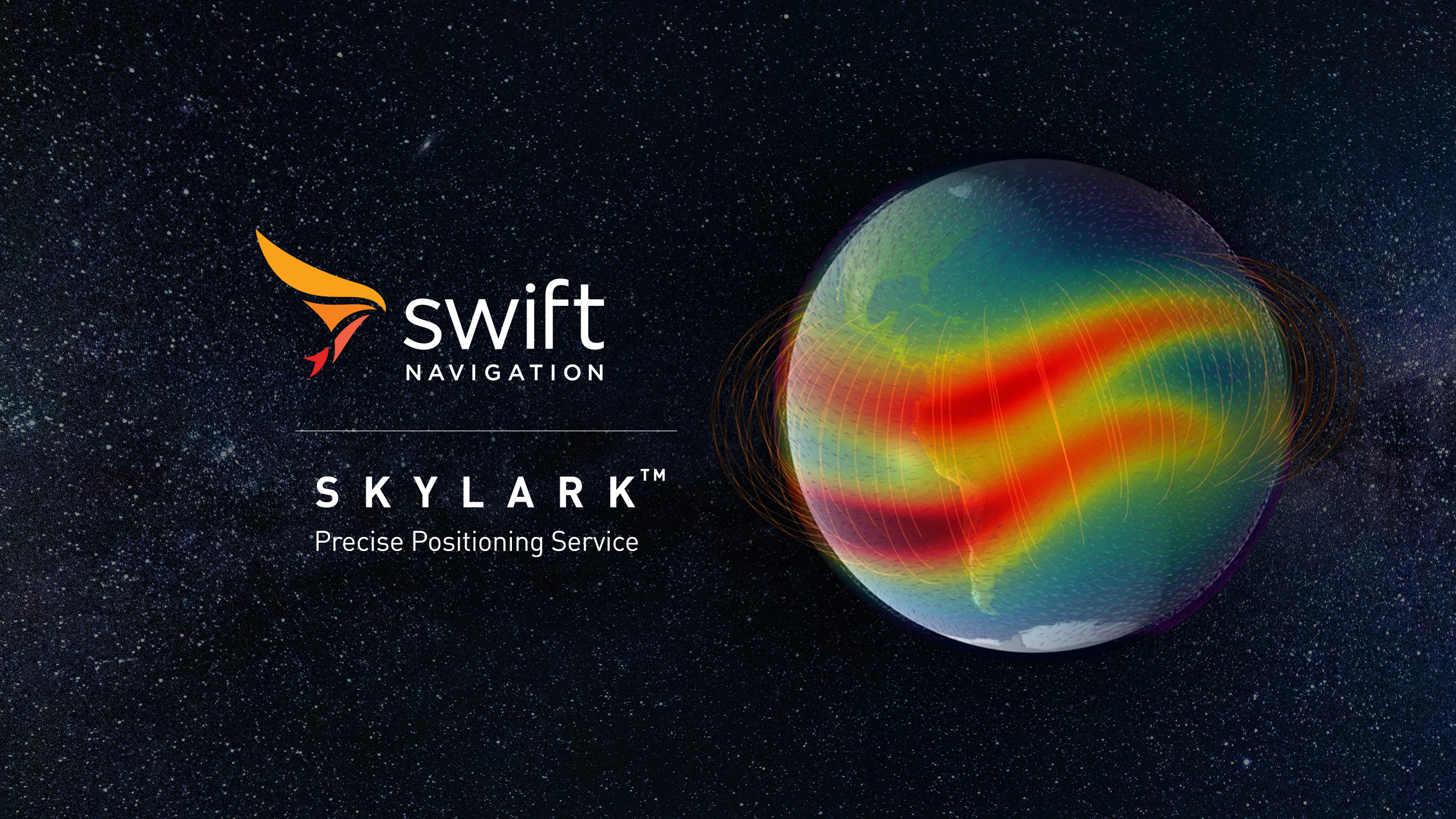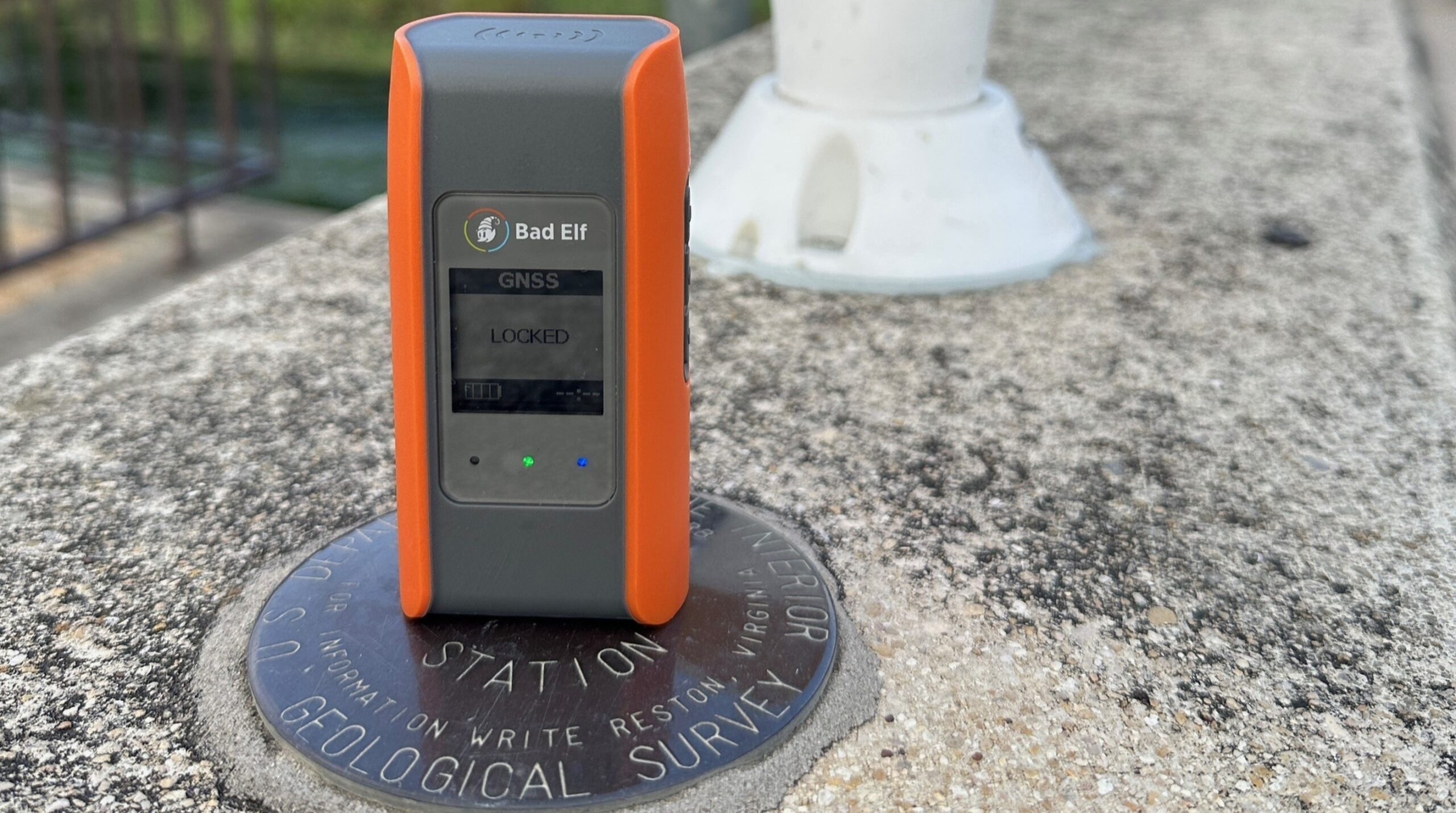What is RINEX (Receiver Independent Exchange Format)?
RINEX is a standardized, ASCII-based data format designed for the exchange of raw satellite navigation system data, primarily from Global Navigation Satellite System (GNSS) receivers. Developed initially to facilitate interoperability between different manufacturers’ equipment during large-scale GPS campaigns, RINEX enables the storage and sharing of observation data, navigation messages, and meteorological information in a receiver-independent manner. This format is widely used in geodesy, surveying, and precise positioning applications.
RINEX files are typically divided into three main types: observation data files (containing pseudorange, carrier phase, Doppler, and signal strength measurements), navigation message files (containing satellite ephemerides and clock data), and meteorological data files. Each file consists of a header section with metadata and a data section with the actual measurements. The format supports multiple GNSS constellations, including GPS, GLONASS, Galileo, BeiDou, QZSS, SBAS, and others.
RINEX has evolved through several versions to accommodate new signals, frequencies, and satellite systems. For example, RINEX 3.x and 4.x versions provide detailed observation codes for modernized signals and support for mixed-constellation data. The format is essential for post-processing GNSS data, enabling high-precision positioning by allowing users to combine data from different receivers and reference stations. RINEX is also the standard input/output format for many GNSS processing tools and services used in scientific and commercial applications.
Related Content
GNSS Basics

Marwan Ramadan

Marwan Ramadan

Devon Sharp

Devon Sharp

Marwan Ramadan

Devon Sharp

Marwan Ramadan

Devon Sharp
GIS

Devon Sharp

Devon Sharp




















